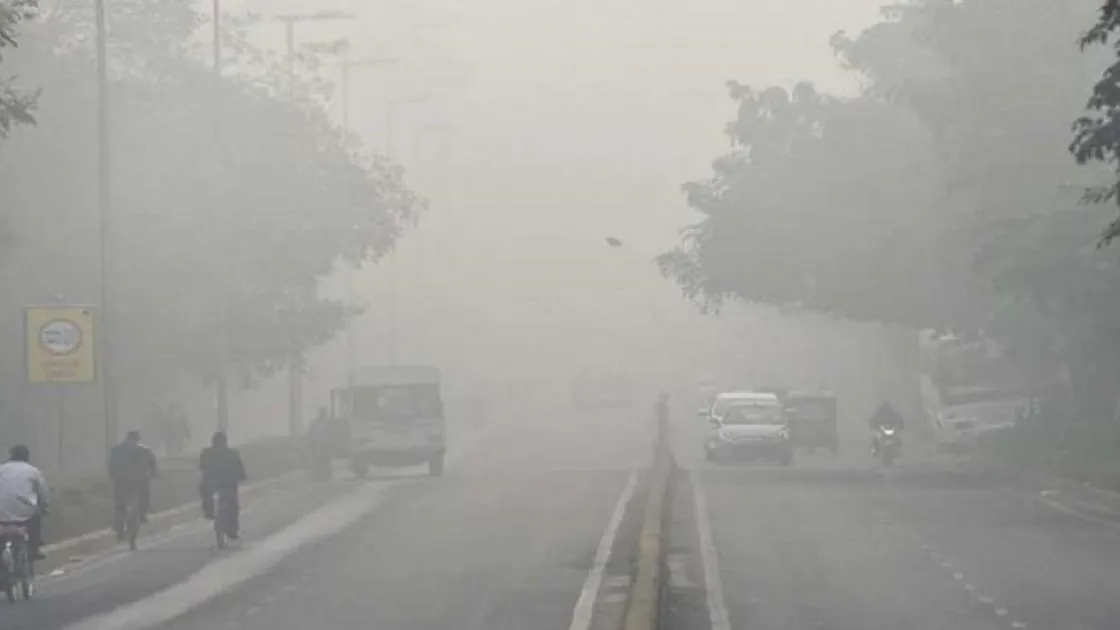As the world gears up to celebrate International Women’s Day, it would be interesting to note that this tradition, of inclusiveness and equity, is not that alien or unknown in the Indian context. Despite popular perception that the dismal status of women has been ingrained since the ancient times, the truth is that this lowering of status of women is a much later phenomenon.
An objective interpretation of our epics and Puranas would indicate that by and large, women were considered equal to men in many dimensions. Our epics feature strong and purposeful women. If Kaikeyi’s rescue of Dasharatha on the battlefield was the grounds for a boon, then her being there in the first place suggests a working equality.
Something that is evident from the Vedic times as well where women contributed equally to human civilization in every aspect – and not just the home and hearth. Rishikas such as Maitreyī, and Gārgī, on whom colleges have been named, come to mind. This period characterised by both freedom and opportunities to women spilled over to the Jaina and Buddhist periods as well. Ashoka’s daughter Sanghamitra went to other lands to spread Buddhism. Not just in the religious and scholastic world, the cultural and artistic worlds belonged to women. Ganikas in ancient India make for an interesting study. Far from being relegated on moral grounds to an inferior position, they were celebrated for their beauty and artistic talents (they had to be proficient in 64 arts and sciences) and were socially independent. Vasantasena in Sudraka’s Mricchakatika (5th century) is an example, indicative of their status. As time passed, along with the codification of social norms, even though the condition of women underwent a deterioration as whole, shining examples of strong, educated, independent women are present through every era since. Given India’s geographical spread, dotted with myriad kingdoms, every region celebrates its own women characters both in history and folklore. The political sphere has been witness to several remarkable women. Queen Kumaradevi, the wife of Chandragupta I who ruled alongside him, Queen Prabhavati Gupta of the Vakataka dynasty, who ruled as the Regent Queen for nearly 2 decades in the 4th century
















